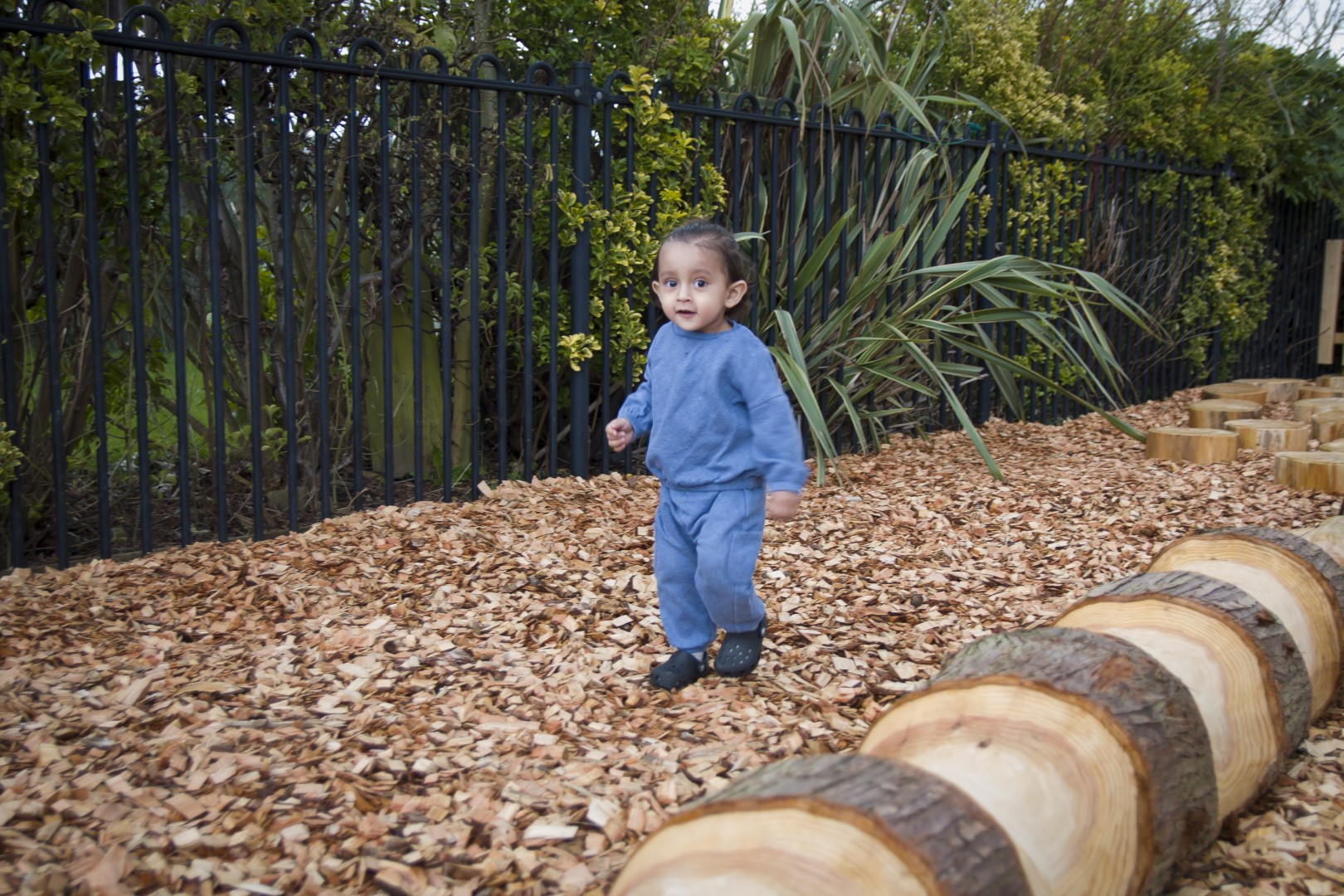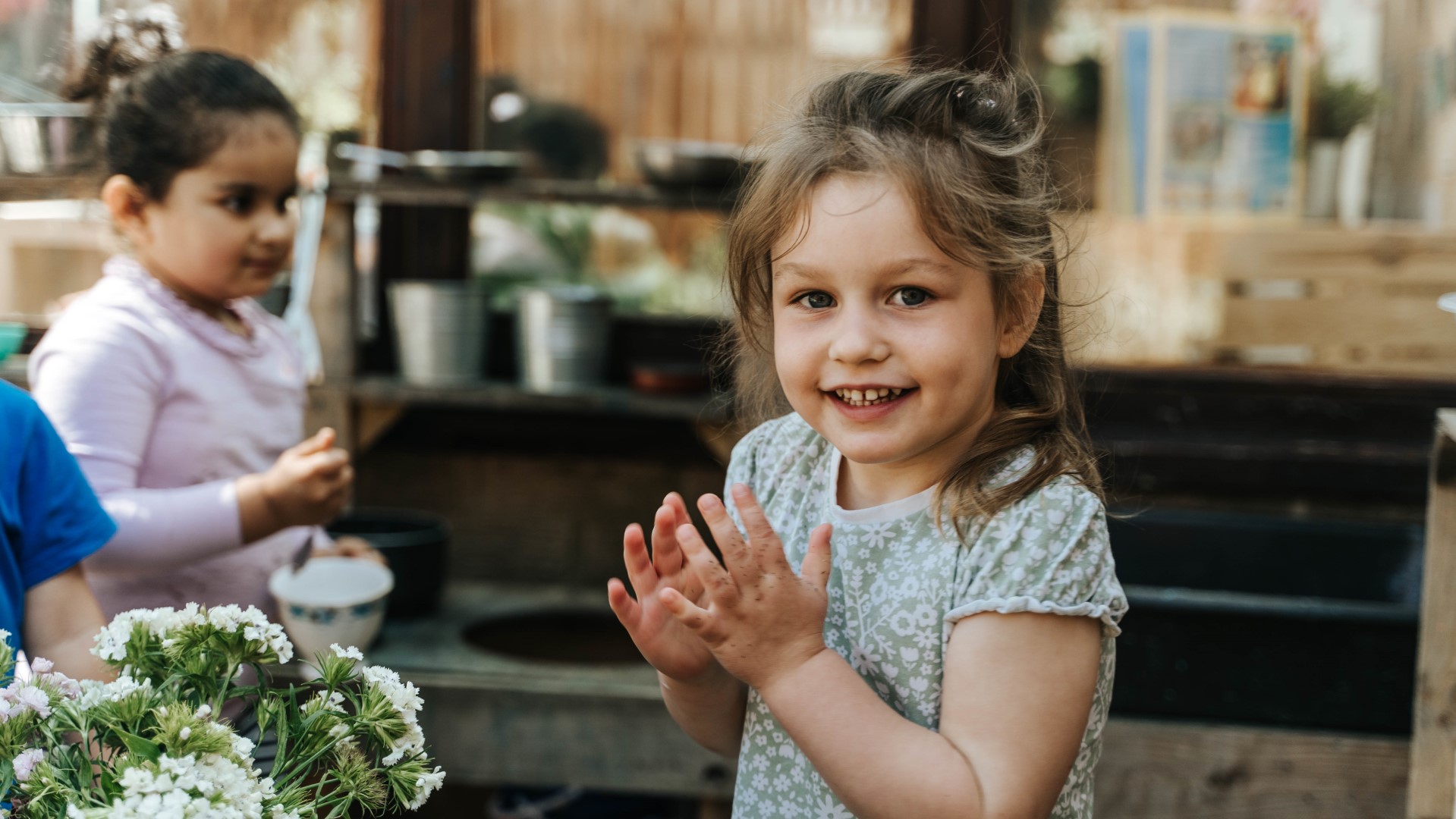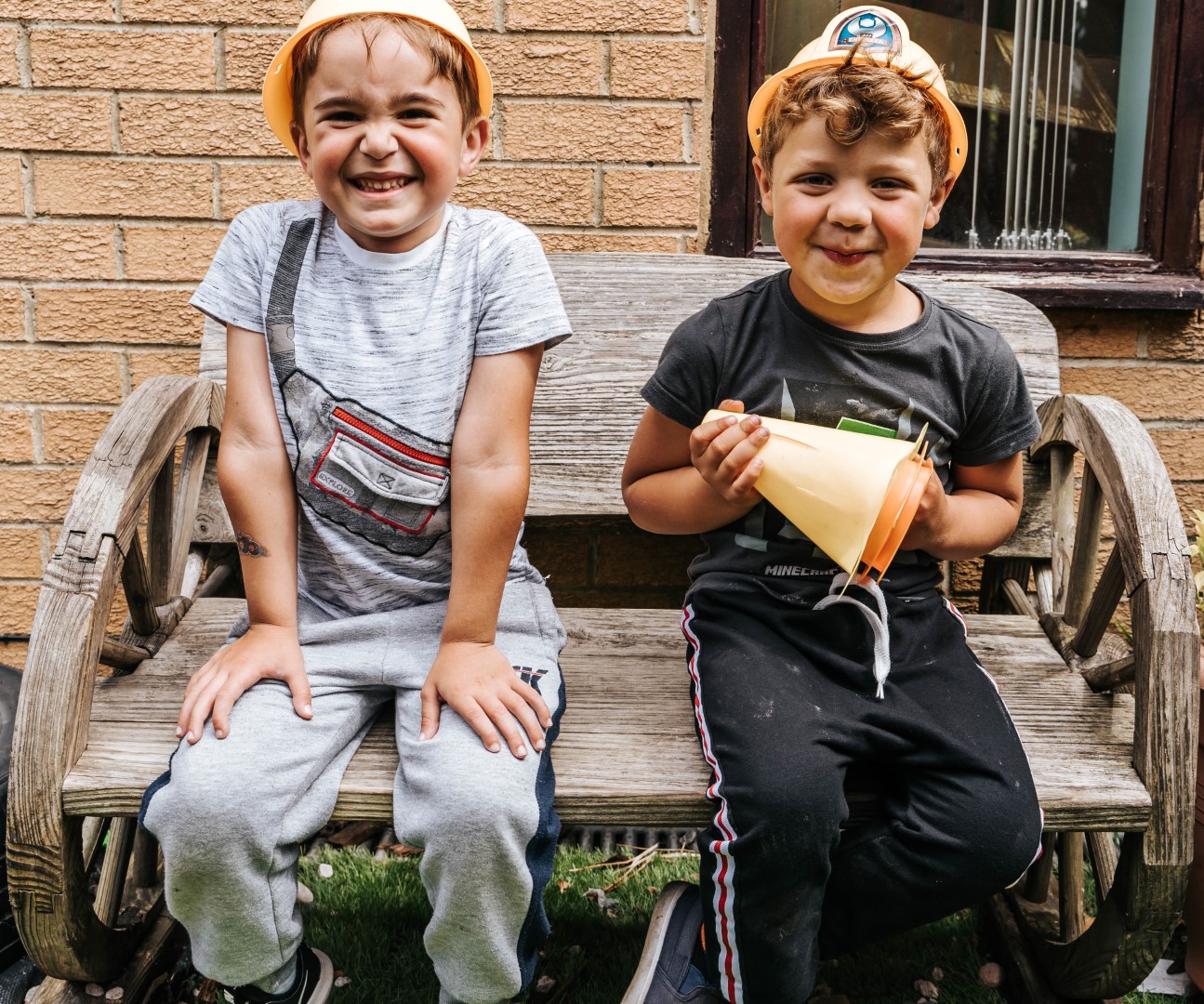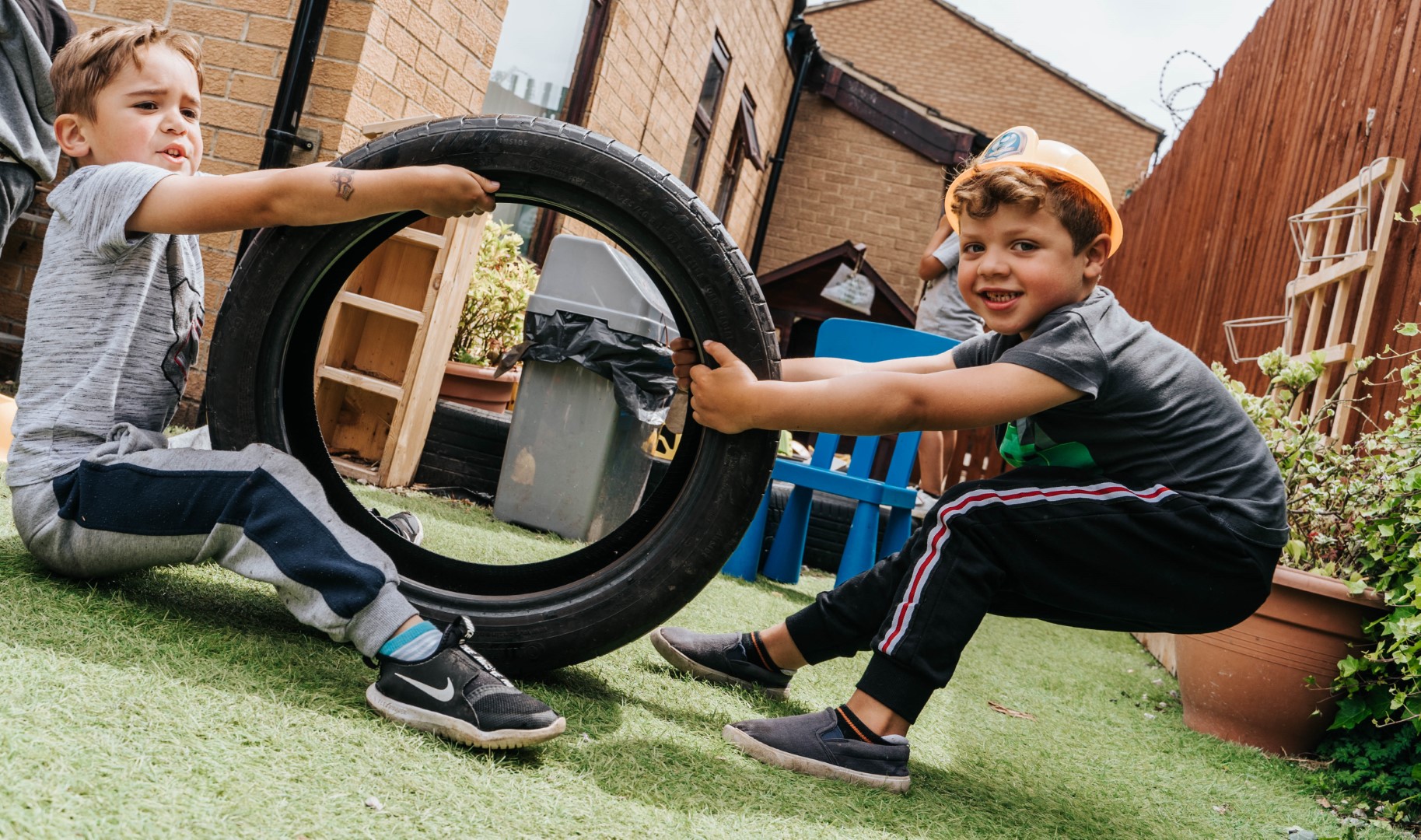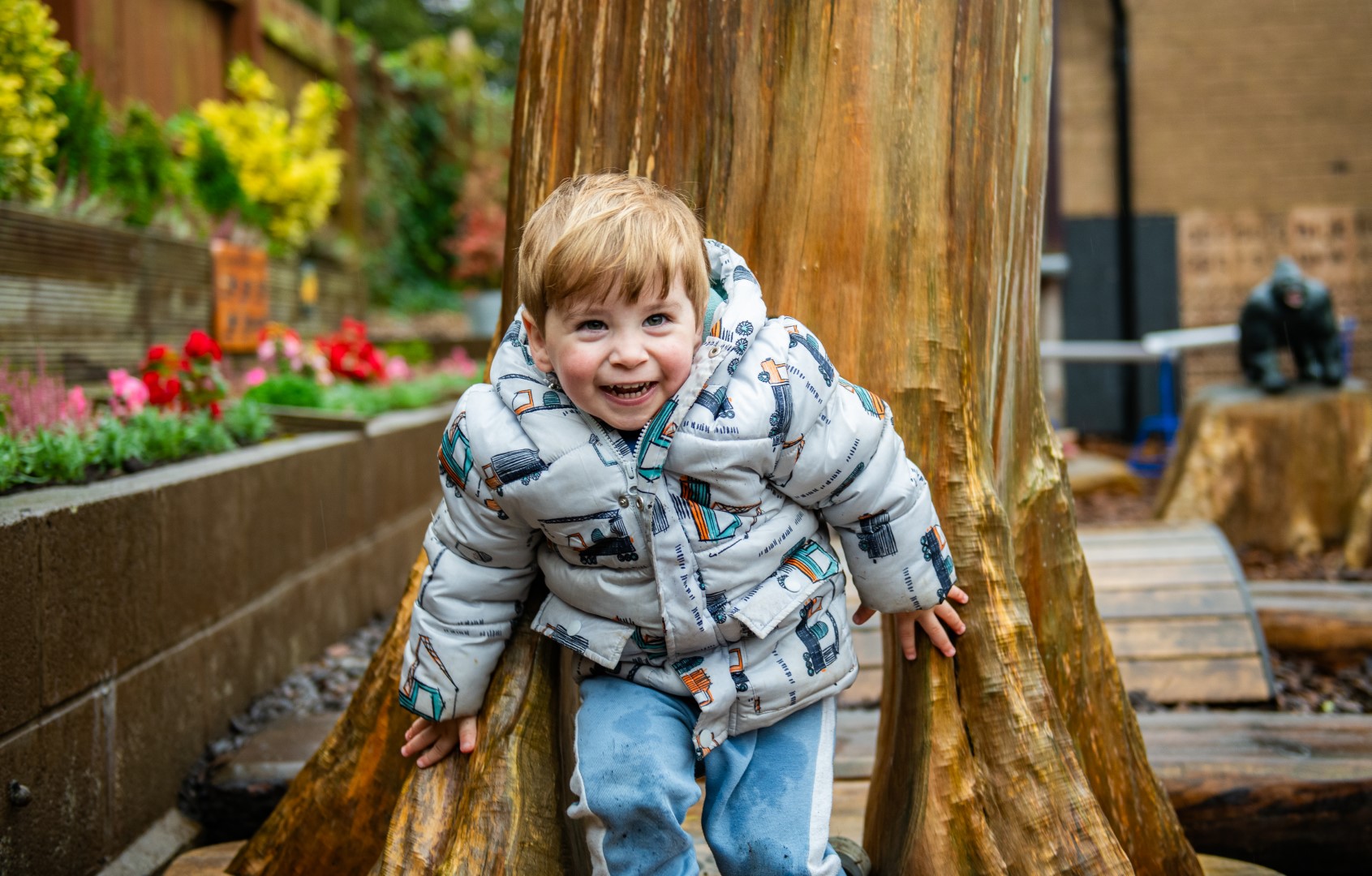Educational Ethos
Our Environment
At Sherwood Green, we create a space that helps children play, explore, and learn. Our environment is designed to support their growth, based on research that shows how important their surroundings are for learning. We use soft colours and carefully chosen toys and materials to make learning fun and engaging.
In our rooms, children will have the opportunity to explore different areas such as the Home Corner, Creative Area, Marble Station, Small World, Cosy Reading Area, Maths, Sand/Water Areas, Investigation Area, and Loose Parts. These spaces are designed to encourage their curiosity, creativity, and learning through play. Each area offers unique materials and experiences that help children develop important skills while having fun.
We make sure to update our play areas based on what each child’s interest is and what they enjoy, so they always have the best space to grow.
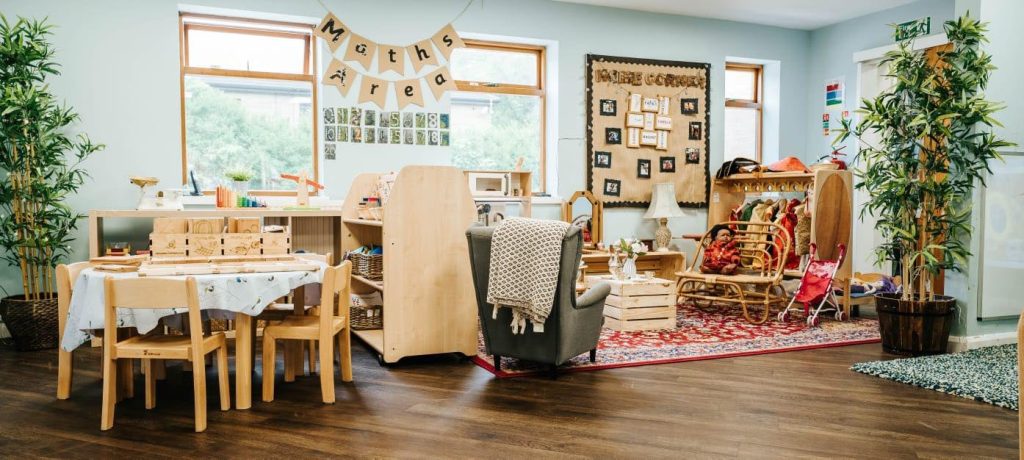
Couriosity Approach
At Sherwood Green, we follow the Curiosity Approach, which focuses on children’s natural desire to explore and learn. This approach guides how we set up our nursery, creating spaces that encourage creativity and thinking.
We use natural materials like wooden blocks and fabrics to inspire children’s imagination and play. Everything in our rooms is carefully chosen to spark their curiosity and love for learning.
Instead of using traditional toys, we focus on real-life objects and hands-on activities. This helps children explore the world around them and understand it in a deeper way.
At Sherwood Green, we use the Curiosity Approach in both our teaching and learning. Our Early Years Practitioners guide children but give them the freedom to follow their interests and explore their ideas. We encourage children to ask questions and take charge of their own learning.
With the Curiosity Approach, we help children become confident and independent learners who love to explore. Our aim is to create a fun and inspiring space where every child can grow and reach their full potential.
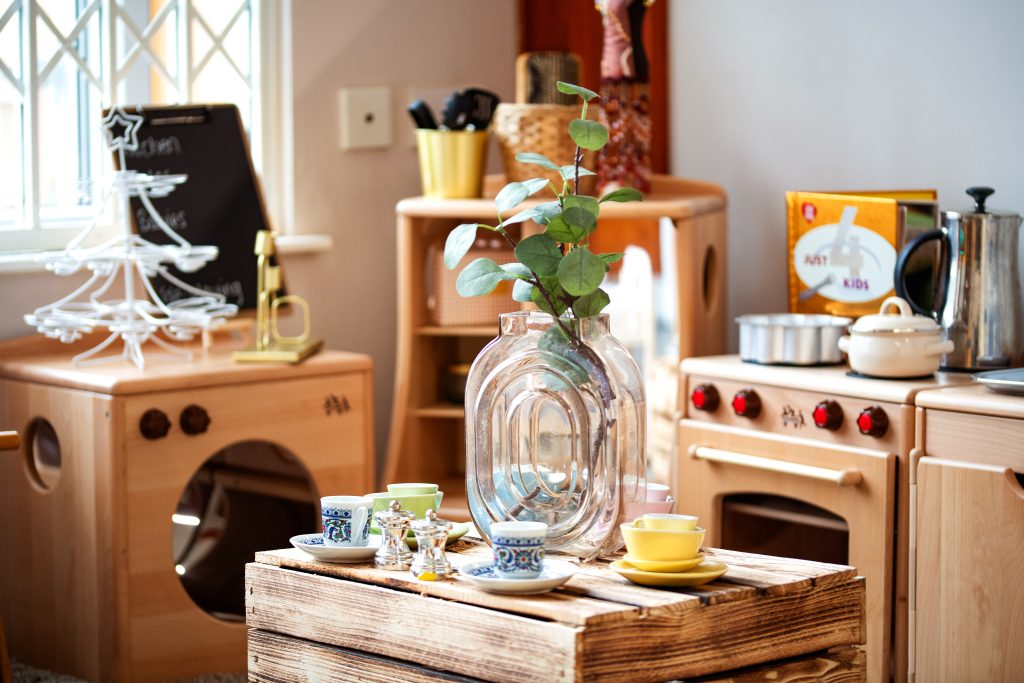
Magic Of Books
At Sherwood Green, we believe books are a big part of a child’s growth. They help build language skills, spark imagination, and encourage a love for learning. Through reading sessions and storytelling, we aim to make books fun and exciting for children. Books also help children learn about different cultures and ways of thinking, helping them become more understanding and caring. By having lots of books in our nursery, we support children in growing up curious, confident, and ready for success.
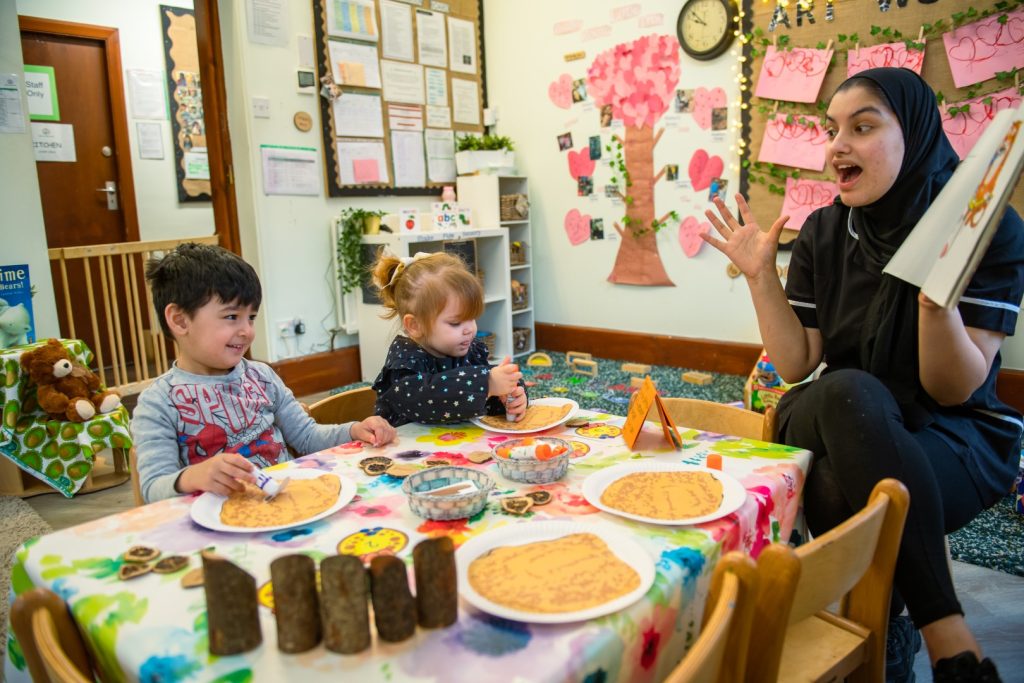
Outdoor Play
Our gardens at both locations are truly spectacular, thanks to Outdoor Classrooms Ltd, a local firm renowned for creating imaginative and inspiring outdoor play areas. Designed to facilitate both learning and play in natural light and fresh air, these spaces are ideal for toddlers and early years children.
Using only natural materials sourced from local wildlife-centered woodland projects, Outdoor Classrooms Ltd has ensured that our gardens offer a healthy and formative learning experience for children. We’ve prioritised sustainability by using naturally durable wood species without chemical treatment and opting for real grass turf instead of artificial alternatives. Our commitment is to provide an enriching outdoor environment that promotes children’s well-being and environmental stewardship.
At Sherwood Green Nursery, we believe outdoor learning is essential. It helps
children learn by exploring nature, playing outside, and discovering new things. Outdoor play also helps them make friends, stay healthy, and learn about the world around them.
By prioritizing outdoor learning, we cultivate curious, confident individuals who are connected to nature and equipped for lifelong learning.

